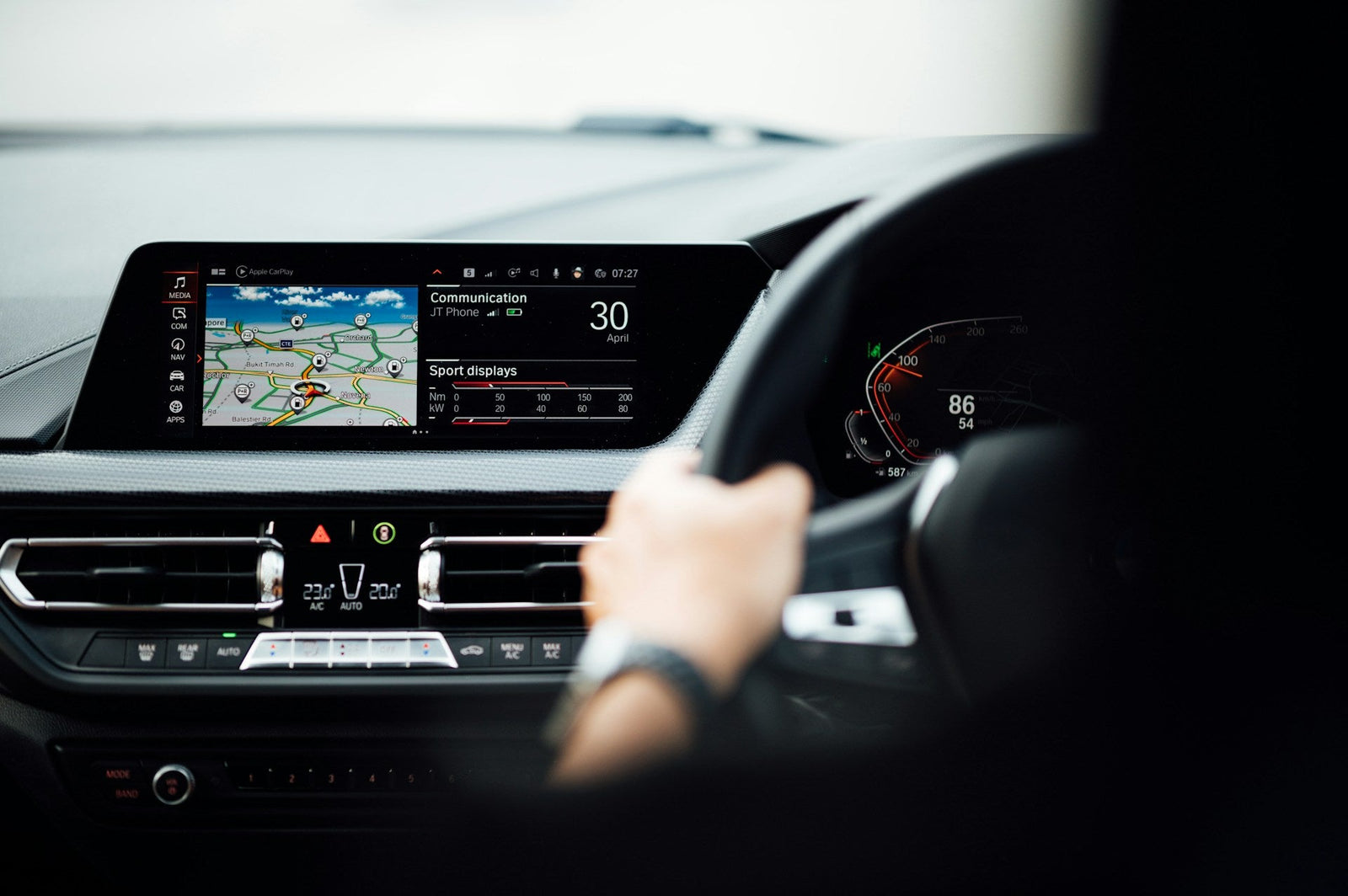Discover These Easy DIY Tips for Installing a GPS Hard-Wire Kit

Installing a hard-wired GPS tracker in your vehicle can seem like a daunting task, but with the right guidance, it becomes a straightforward process. Whether you're looking to keep tabs on your car for personal reasons or manage a fleet for your business, a hard-wired GPS tracker offers reliable, long-term tracking solutions. These devices are designed to connect directly to your vehicle’s power source, ensuring they are always ready to provide real-time data without relying on battery changes.
Before you dive into the installation, it's essential to gather all the necessary tools and materials. This includes basic items like screwdrivers and wire strippers. Choosing the best spot in your vehicle for the tracker is also crucial, as it affects both performance and concealment. Picking a location that won’t obstruct the GPS signal is key to ensuring accurate tracking.
In this blog post, we will walk you through the entire installation process, share tips for ensuring a secure connection, and offer solutions to common issues you might encounter. By following this guide, you'll learn how to ensure your GPS system functions seamlessly, providing peace of mind as you track your vehicle's whereabouts.
Preparing for Your GPS Hard-wire Installation
Before you begin installing your GPS tracker, gather all necessary tools and materials to ensure a smooth process. Having everything on hand will save you time and prevent interruptions during installation. You'll need basic tools like a flathead screwdriver, Phillips screwdriver, wire stripper, and crimper. An electrical tape and a multimeter can also be useful. A multimeter helps you determine the correct wire connections within your vehicle.
Choosing the best location for your GPS tracker is important for effectiveness and concealment. You want to make sure the device has a clear line of sight to the sky for optimal GPS signal reception, but it should also be hidden to prevent tampering. Common spots include under the dashboard, in the glove compartment, or tucked beneath the vehicle. Each spot has pros and cons, so consider the type of vehicle and the ease of access to the power source.
Planning the installation route for the wiring is crucial. This includes deciding how wires will run from the GPS device to the vehicle’s power source. Keeping wires tucked away and secure ensures a clean look. This also reduces the risk of them loosening or getting damaged over time. Remember to disconnect the vehicle’s battery before starting work to avoid any electrical issues or risks during installation.
Step-by-Step Guide to Installing a Hard-wire Kit
When you are ready to install your hard-wired GPS tracker, it's important to follow a clear, step-by-step approach so you can handle it safely and effectively. First, ensure your vehicle is parked securely, and you've disconnected the battery to prevent electrical shocks.
Next, connect the GPS tracker to the vehicle's power source. Locate the constant power wire in your vehicle, which usually connects to the battery or ignition. Use your multimeter to confirm the right wire by checking for consistent voltage. Once identified, strip and crimp the wire, then connect it to the power input on the GPS tracker. Similarly, connect the ground wire to an appropriate grounding point, like a metal part of the car's body or chassis.
Secure the tracker in your chosen location and use zip ties or adhesives to keep it held in place. Tidy up any loose wires by bundling them together and securing them out of sight. Reconnect your vehicle’s battery once everything looks secure and organised.
During installation, you might face challenges like tight spaces or tricky wire identification. Overcome these by consulting your vehicle’s manual for wiring diagrams or seeking online resources for specific vehicle models. If you encounter unexpected difficulties, taking photos of your wiring before making changes can help reverse any mistakes. By following these steps and tips, you will set up your GPS tracker efficiently and with confidence.
Ensuring a Secure Connection
After installing your GPS tracker, testing the setup is crucial to make sure it's working properly. Start by checking that the GPS tracker powers on with the vehicle. If your GPS device has an indicator light, it should blink or change colour to show it's active and connected. Make sure the tracker can acquire satellite signals promptly, which you can often confirm through its associated mobile app or web interface.
Next, check the data transmission. Verify that you can receive real-time location updates on your chosen device. This will confirm that the connection is not only complete but efficient in providing the accurate information you need.
Concealing wiring is important for both safety and aesthetics. Use cable clips or ties to secure wires out of sight, running them along existing routes under panels or carpets. By doing so, you minimise the risk of wires getting pulled loose during cleaning or other vehicle use. Take some time to ensure wires don’t interfere with any mechanical parts or cause discomfort when driving. A neat setup not only looks more professional but also protects the installation from damage over time.
Troubleshooting and Maintenance Tips
Like any technology, GPS trackers can sometimes have issues. Understanding common problems and their solutions can save you time and headaches. If your GPS tracker isn't updating locations, first ensure it has power. This might mean checking the battery level or the connection to the vehicle's power supply.
Another common issue is poor GPS signal reception. If your device struggles to find a satellite signal, make sure your chosen location for installation wasn't obstructed by metal or dense structures. A quick move to a more open area in your vehicle could do the trick.
For ongoing maintenance, routinely check connections to ensure they stay secure and free from corrosion. Keeping your software or app updated ensures you get the best performance from your GPS tracker. Frequently clean the areas around your installation to avoid dust buildup, which might interfere with the device’s functionality over time.
If you encounter persistent issues, consider consulting the tracker’s manual or reaching out to the manufacturer's customer support for advanced troubleshooting. Regular maintenance not only boosts the longevity of your GPS tracker but ensures reliable operation when you need it most.
Conclusion
Installing a hard-wired GPS tracker requires some initial effort, but the benefits of security and peace of mind it offers make it well worth it. Once set up, these systems provide a seamless way to monitor your vehicle’s location and movements. They are particularly useful for personal vehicles and business fleets, where knowing precise locations is crucial for management and safety.
Keeping your GPS tracker in top shape is crucial for its performance. Regular checks and following maintenance tips will keep the device running smoothly. Not only does this save you money on potential repairs, but it also ensures that your tracker remains a reliable part of your vehicle's security setup. By taking proactive steps in troubleshooting and maintaining your GPS tracker, you contribute to its long-term success and efficiency.
Need consistent GPS tracking solutions that offer maximum reliability? Check out EliteGPS to find a comprehensive range of hard-wired GPS trackers that fit all vehicle needs. From personal cars to entire fleets, our top-notch devices ensure you're always connected and in the loop with real-time data. Visit our website today to discover how we can help secure and streamline your tracking needs.





Leave a comment